1004 pages, in three volumes, bearing, on the cover of each one, an engraving on a drawing by Henrique Pousão, from 1880, portraying the boat crossing the river Mira. The three books are presented in a box, illustrated with a manuscript map, representing the Mira river between the mouth of Vila Nova de Milfontes and Odemira, by Pedro Teixeira Albernaz, dating from 1634, still in the time of Filipe III (IV de Spain).
If a man is not measured by the span, a book is not measured by the number of pages. But the dimension of «Odemira – Heritage, Religion, Society and Territory», by the historians António Martins Quaresma and José António Falcão, and the care placed in its design are signs that it is «a literally weighty work».
José António Falcão, one of the authors, recalled, in statements to the Sul Informação, that the work, launched on September 8, the municipal holiday of Odemira, is the corollary of «some fifteen years of work, I can't even say exactly how many».
José Alberto Guerreiro, mayor of Odemira, about to end three consecutive terms at the head of this autarchy, stressed, at the launch of the work, that “it is not easy for someone to have so much patience and so much devotion to investigate for a decade and a half”.
The dean historian José Mattoso, who writes the preface, classified the duo of authors as "researchers who fall in love with daily life and with the narrative of a local character".
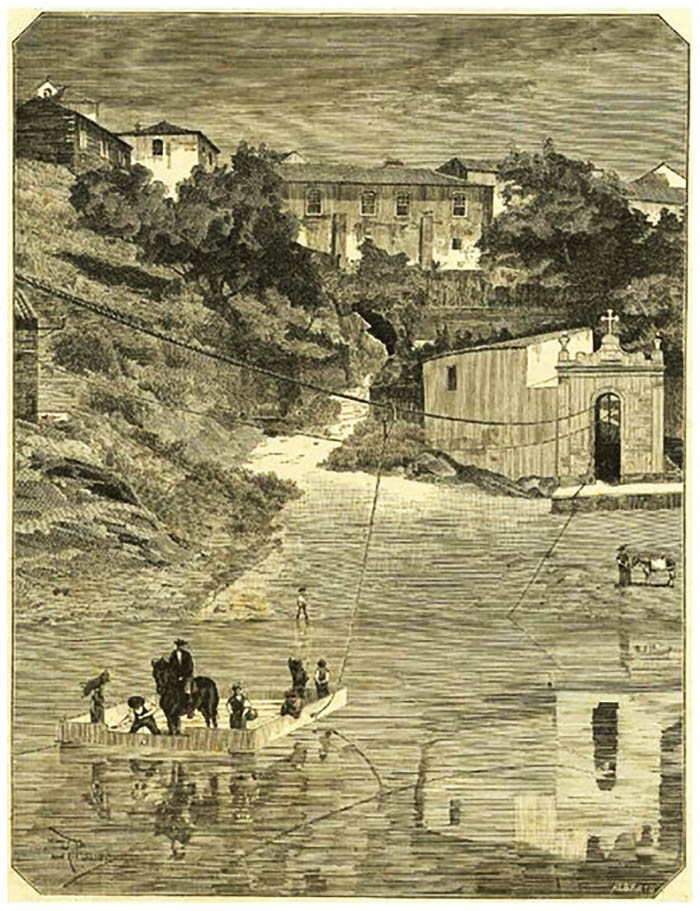
This book, explained José António Falcão, “was born out of the need to preserve a deeply threatened heritage, the religious, but also the immaterial. In other words, to preserve not only the churches, the chapels, but also an intangible religious heritage”, much of it prior to Christianity, but which has continued in everyday life.
Basically, to fight a certain “amnesia” that is befalling this material and immaterial heritage.
But the work goes far beyond an inventory of heritage. As the title itself indicates, it focuses on that society, that territory. “We realized that, in order to study a territory, it is necessary to study a wider reality, heritage, society”.
More than churches, chapels or traditions, the protagonists are “people, families, communities”. Therefore, added António Martins Quaresma, the other author, who for decades has dedicated himself to researching the municipality of Odemira, this is a «history not of individuals, but of a community».
The book reveals new and stimulating perspectives for understanding the municipality on a global scale and outlines intersections, some of which are unsuspected, between the material and immaterial heritage, religious life, the organization of local communities and the vertebrate region, between the Atlantic and the interior.
Not only because of the years it took to complete, nor because of its dimension, but above all because of the vastness of the theme, António Martins Quaresma does not hesitate to consider this as «a work of great breath, which did not exist before», which makes a «microanalysis of this territory , but it goes beyond it”, framing the “local and regional fact, in the national and international context”.
Isabel Cristina Fernandes, from the Office of Studies on the Order of Santiago, who presented the book, called it a “Herculean task”.
What is there, over the more than a thousand pages, which result from a careful «collection of dispersed information, attention to detail, with a writing of great rigor and quality, typical of those who do it out of passion», had numerous sources, which are also listed.
José António Falcão, in his statements to the Sul Informação, referred to three types of sources: «those already published, the existing bibliography, much broader than one might expect, even resorting to regional and national newspapers».
This local bibliography, he underlined, has a "great contribution" from António Martins Quaresma, the other author of the book, "a great innovator and deep researcher of local history". Falcão did not hesitate to classify it as «nobleman of Portuguese historiography».
Then, the archives and libraries – from those of parishes and parish councils, to the National Library/Torre do Tombo, Public Library and District Archive of Évora, Simancas Archive, in Spain, or National Library of France, in Paris, among many others.
Finally, the oral sources. For this reason, after having thanked the municipality, which has "a very consistent editorial activity", the designers, the reviewer, who had to review everything "more than twenty times", the pre-printing and printing, the municipality employees who participated in the editorial work, José António Falcão had a special word for «individuals who lent photographs or spoke at length, first with António Martins Quaresma, then with me», since «many of them are no longer with us».
The three-volume work, which focuses on the eleven historical parishes of what is now the largest municipality in the country, also includes a very complete iconography and cartography, even presenting some unpublished or little-known images, as well as a systematic bibliography.
Opening, there is a preface by Professor José Mattoso, one of the greatest figures in national historiography, but who lives almost in seclusion. Therefore, as Isabel Cristina Fernandes pointed out, «the very fact of having agreed to sign the preface already says everything about the work». Falcão also thanked «Professor Mattoso, who was extremely generous in writing these pages».
Mayor José Alberto Guerreiro recalled that "the Municipality of Odemira has, perhaps, the largest amount of supported publications, by local and outside authors." This work, he added, «puts the icing on the cake», having been «the biggest investment ever in the municipality's editorial matter, which is justified by the quality of the work». However, he clarified, "the authors donated their work for this edition free of charge".
The still mayor of Odemira said that this is a work that "shows how much we were, what we are, our territory and its vicissitudes, and prepares us better for the future."
José António Falcão agreed: «if we do not look back, we cannot understand ourselves, nor look to the future».
António Martins Quaresma, on the other hand, referred that “it has already been said of Odemira that it has always had an end-of-the-world character, but historical research does not tell us that”. It is that “the river has allowed penetration into the territory since remote times and has always placed this land in contact with other lands”.
It is enough to see that one of the Cantigas de Santa Maria, composed by Alfonso X of Leão and Castile, in the XNUMXth century, is dedicated to Odemira. This song, by the way, is reproduced in the book. “This is to be part of the first division of Galician-Portuguese literature”, exclaimed the researcher.
An example of the centrality of Odemira in remote times is the eventual passage through Odemira of Ricardo Coração de Leão, in the XNUMXth century, on his way to the third crusade in the Holy Land. «It will have entered the river and made its watering here».
In the end, a staff person asked if the authors had encountered any surprises during their long investigation. Quaresma replied that he found a "great surprise which is a fact: the presence of the river, this liquid presence that is even in the name of the land, of the river as the backbone of the territory".
Alluding to such “amnesia” already mentioned, José Mattoso, in his preface, points out that, “after centuries of intellectual scarcity, as if the Alentejo were a kind of arid and almost deserted colony, scholarly investigations into institutions, urban centers, rural areas and many other historical aspects of this region». Thanks to all this work, he adds, "our knowledge of Alentejo history is, today, much broader and more secure than it was half a century ago."
About this specific work, José António Falcão would say that it gives «historical thickness to local and regional facts, integrating them into national and even international history». «It is a sign that remains».
"If there is anything that is eternal, that eternity is guaranteed by a book." And because a book is "something that can circulate", copies of this work will be sent to the Library of Congress in Washington (United States of America), to the Vatican Apostolic Library, National Library in Paris, National Library in Madrid, among others. That is, from Odemira to the world.
«Odemira – Heritage, Religion, Society and Territory» is a joint edition of the Municipality of Odemira and the Pedra Angular association. Any requests to purchase the work must be addressed to these two institutions.
Photos: Elisabete Rodrigues | Sul Informação
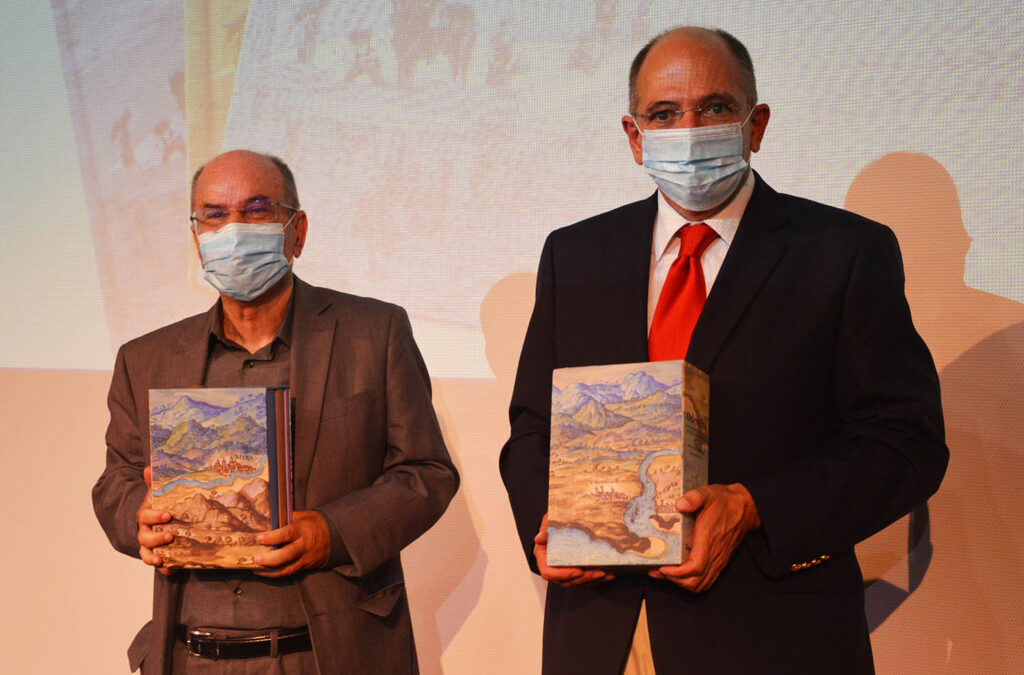
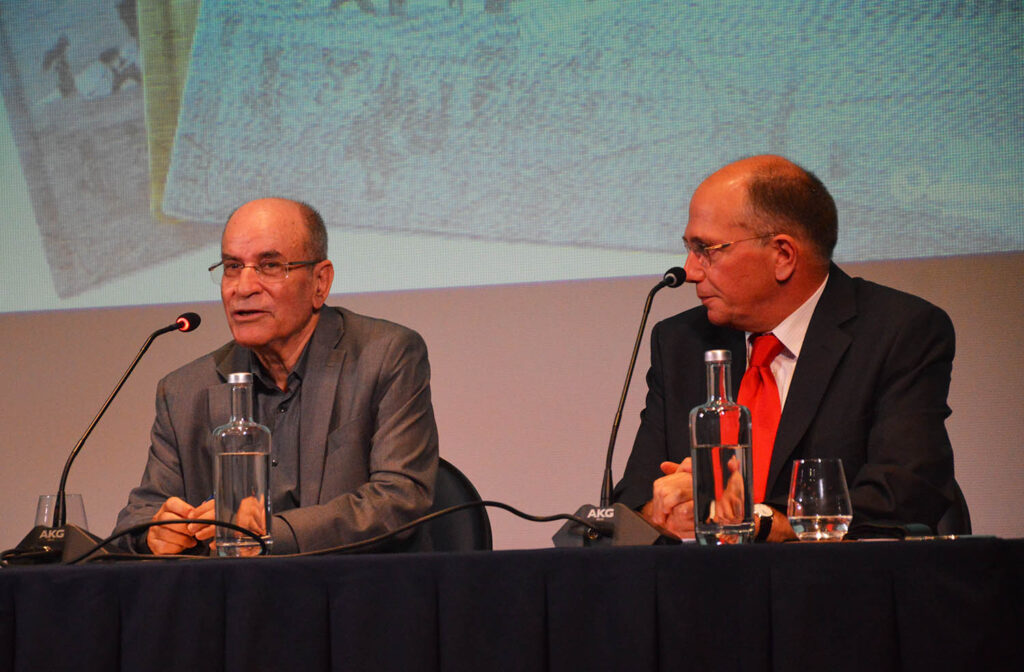
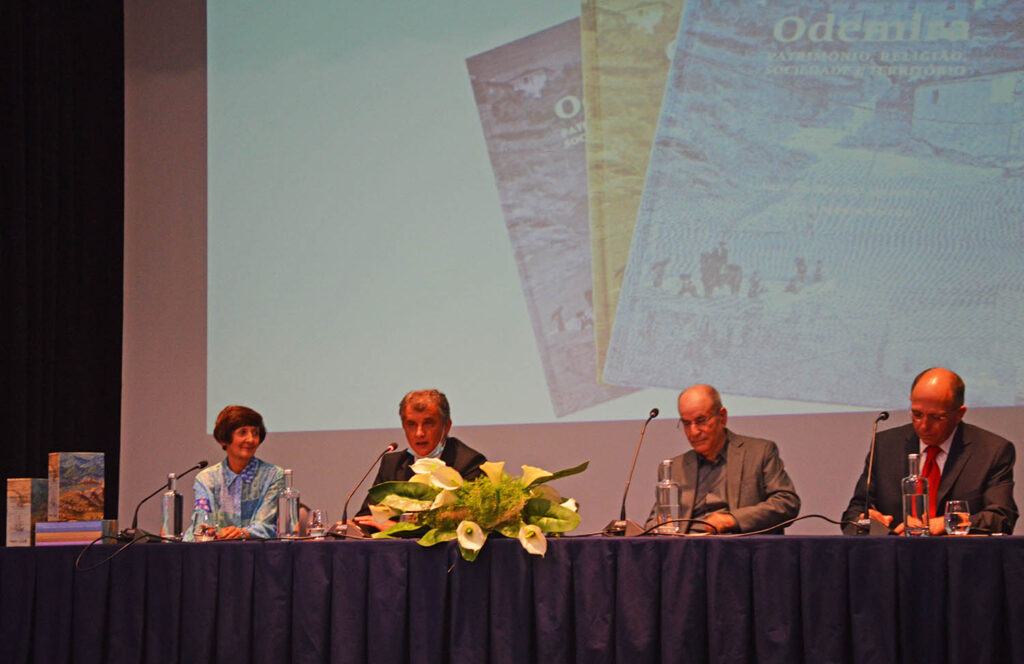
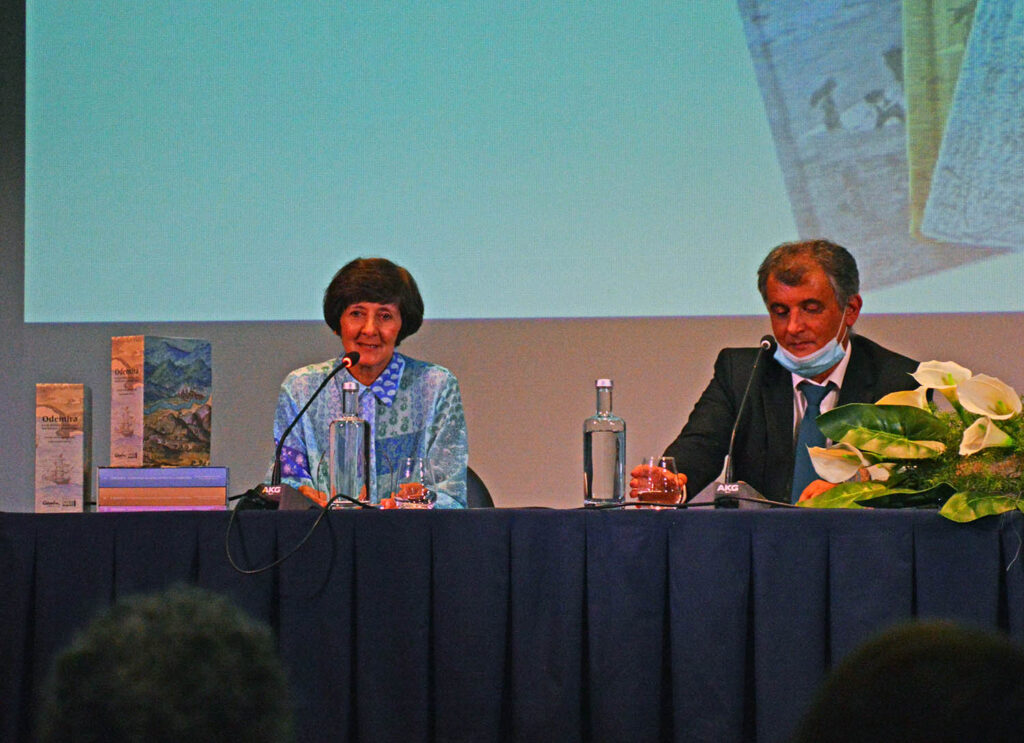
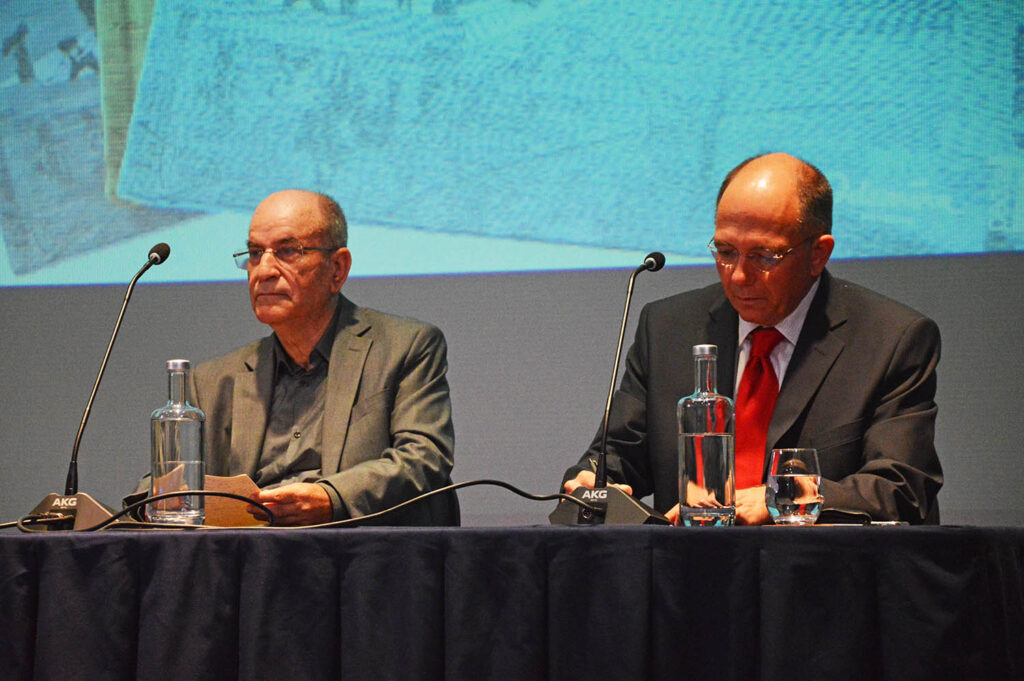
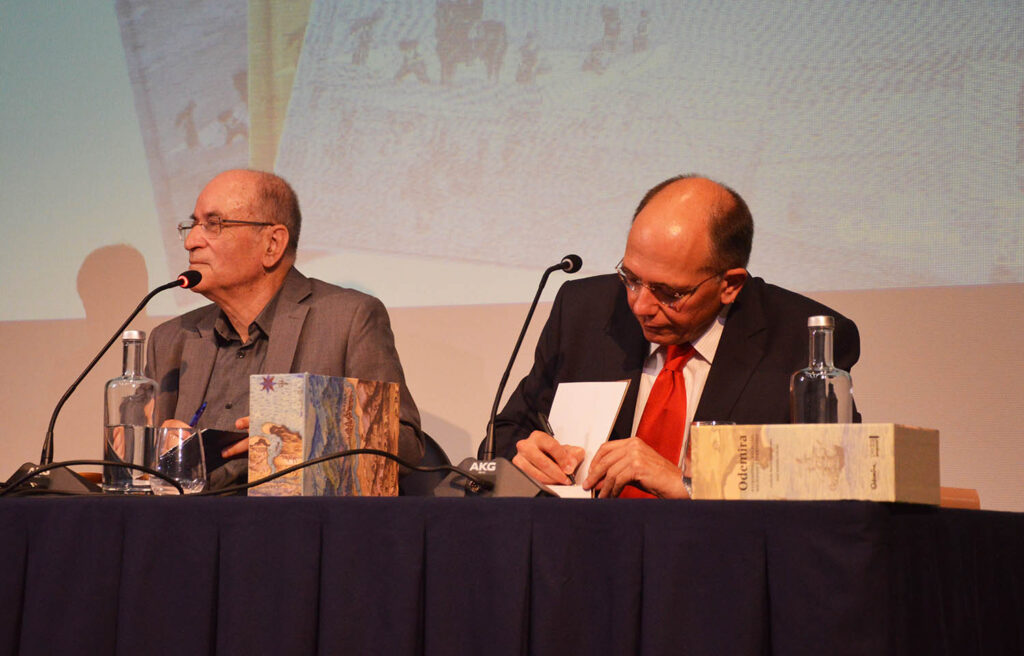
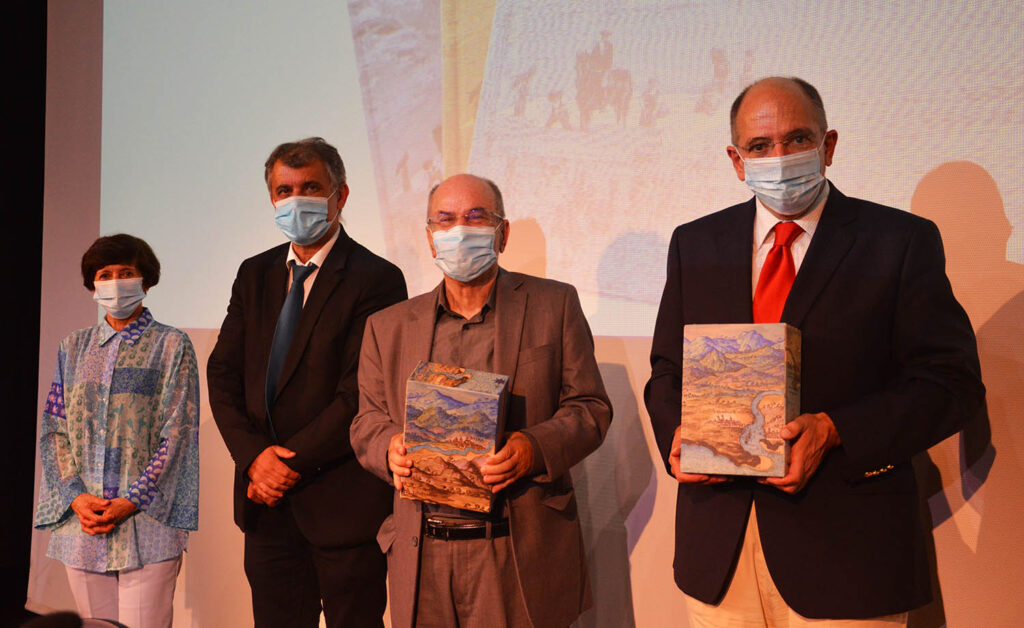



















Comments